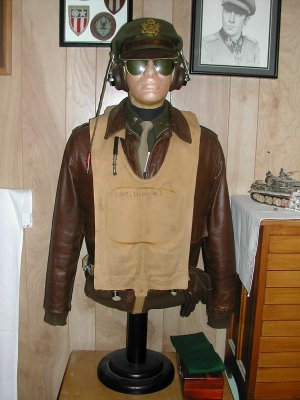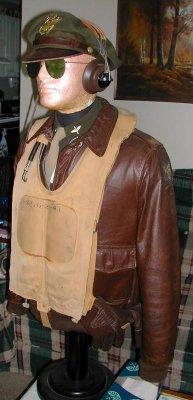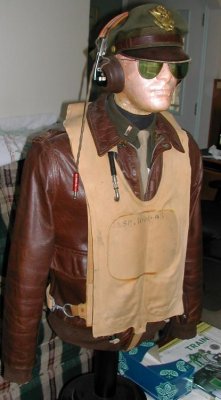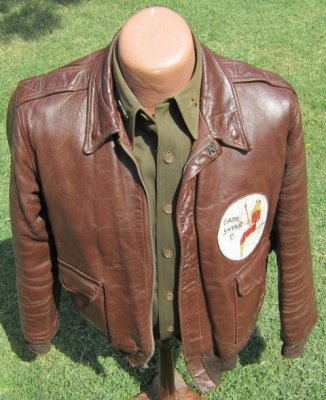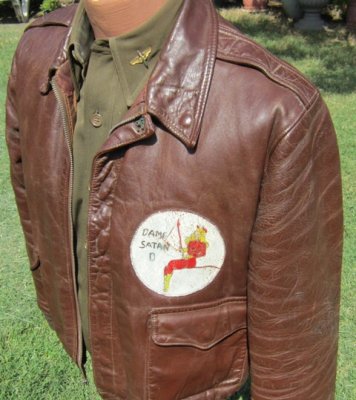2jakes
I'll Lock Up
- Messages
- 9,680
- Location
- Alamo Heights ☀️ Texas
Something ingrained to me by my parents who thought wearing black looked too fascist and bad luck. Several of my relatives were fascists including my grandfather and they met brutal ends. A personal thing and nothing against anyone wearing black or dislike of the colour. Justt makes me feel uncomfortable.
It's very difficult to not feel uncomfortable when parents are concerned. I just got back from the dentist & it was sheer
torture. Parents can do that when you are young & using that as a threat.
To Mr. Seb Lucas; do you have photos of your black jackets ?
Thanks !



